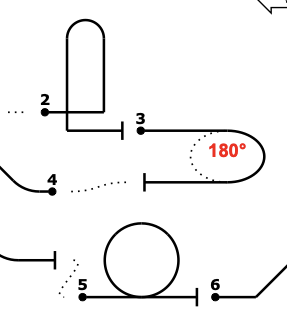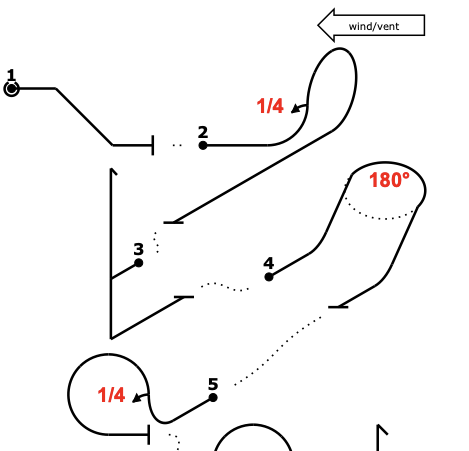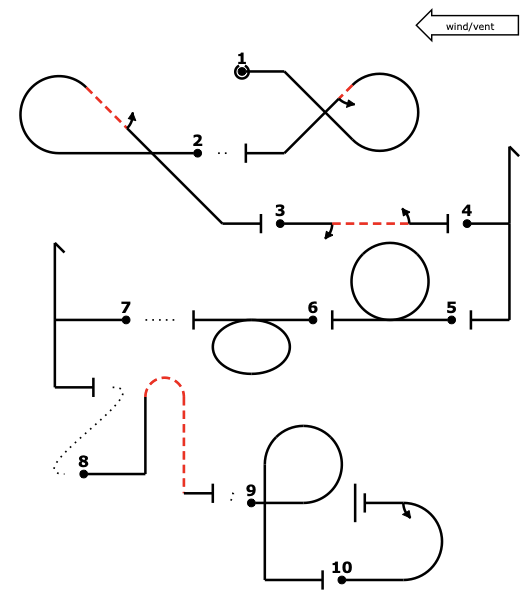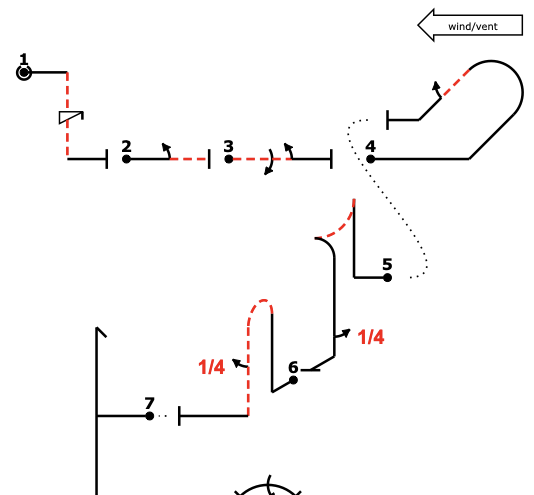GliderAeros.org
Competition Guide
Taking part in your first competition can be a daunting challenge, but one that is so rewarding. In this guide, we break down the rules, a typical competition format, and how judges score each flight.
Competition Rules
All aerobatic competitions in the UK are run under the authority of British Aerobatics, the national governing body for both powered and glider aerobatics. Their General Rules set out how competitions are organised, how pilots are classified by level, and how flights are judged and scored. >>> CLICK FOR MORE
A Typical Competition Weekend
Most glider aerobatic competitions in the UK run over two days, with a third day held in reserve as a weather contingency. >>>>CLICK FOR MORE
Prepare for Your First Contest
Entering your first aerobatic competition is an exciting milestone — and a great way to build skill, confidence, and camaraderie. A bit of preparation goes a long way toward making the weekend relaxed and enjoyable. >>>>CLICK FOR MORE
The Aresti System Explained
Judging Criteria
Aerobatic judging is all about precision, geometry and presentation. Every flight is assessed by a panel of qualified judges who evaluate how accurately each figure is flown according to the published sequence.
The judges’ task is to score what they see against a set of international standards defined in the CIVA Sporting Code, Section 6, Part 2 (Sections 4 and Appendix B), which British Aerobatics competitions follow. >>>> CLICK FOR MORE

Club
Entry level, with basic positive G figures.

Sports
More complex figures including quarter clovers and stall turns.

Intermediate
Includes inverted flight and rolling figures.

Advanced
More inverted flight, negative G figures, and spins.